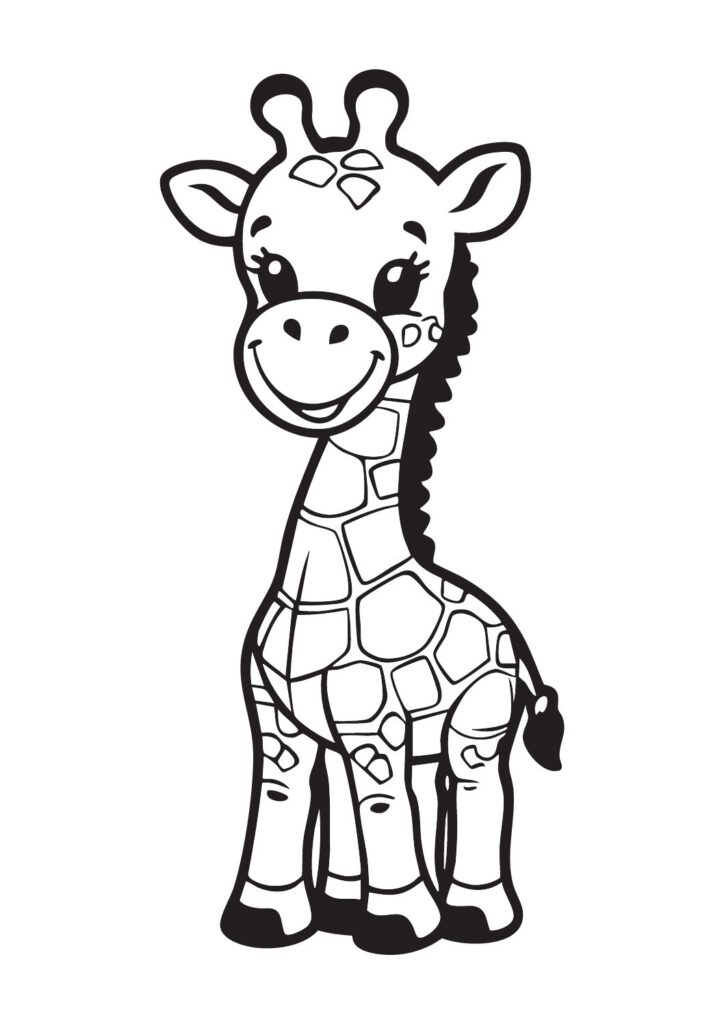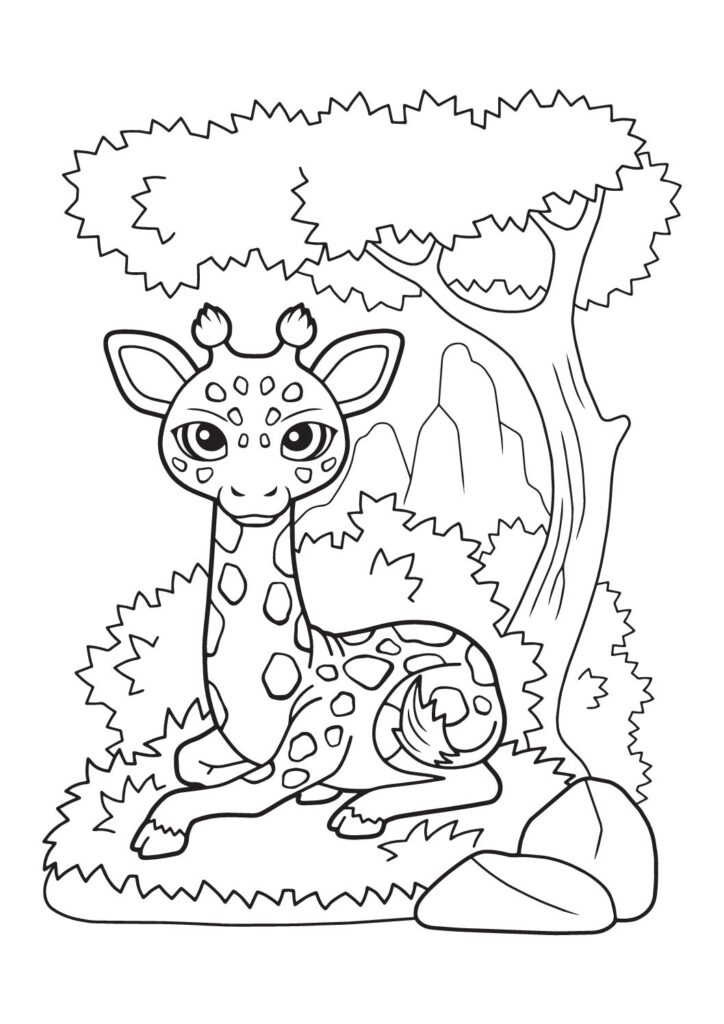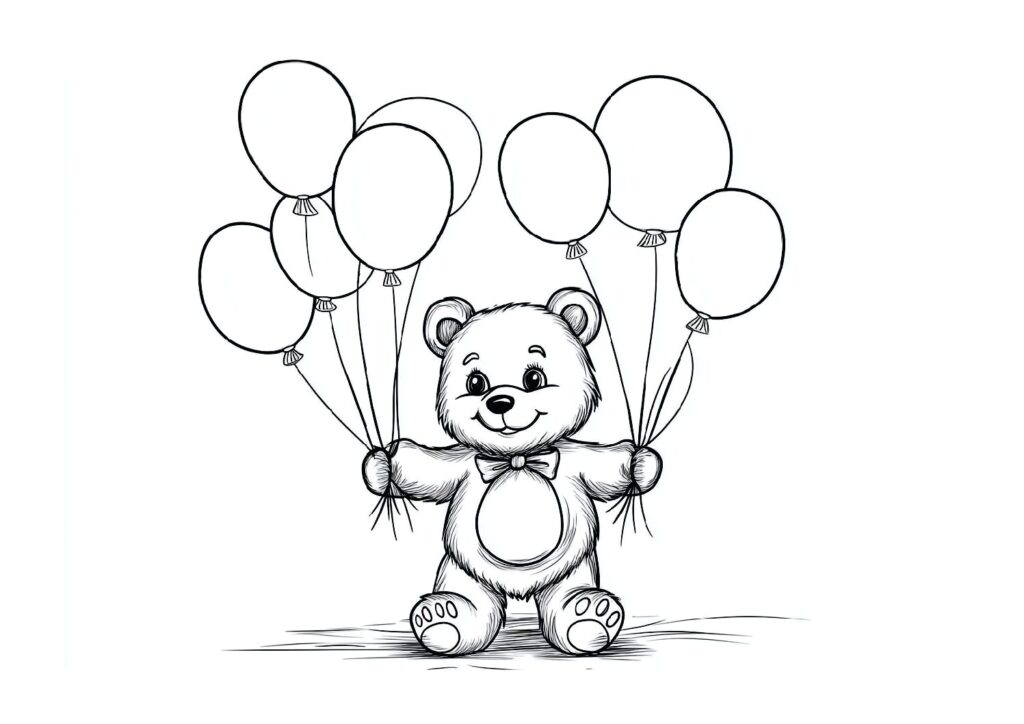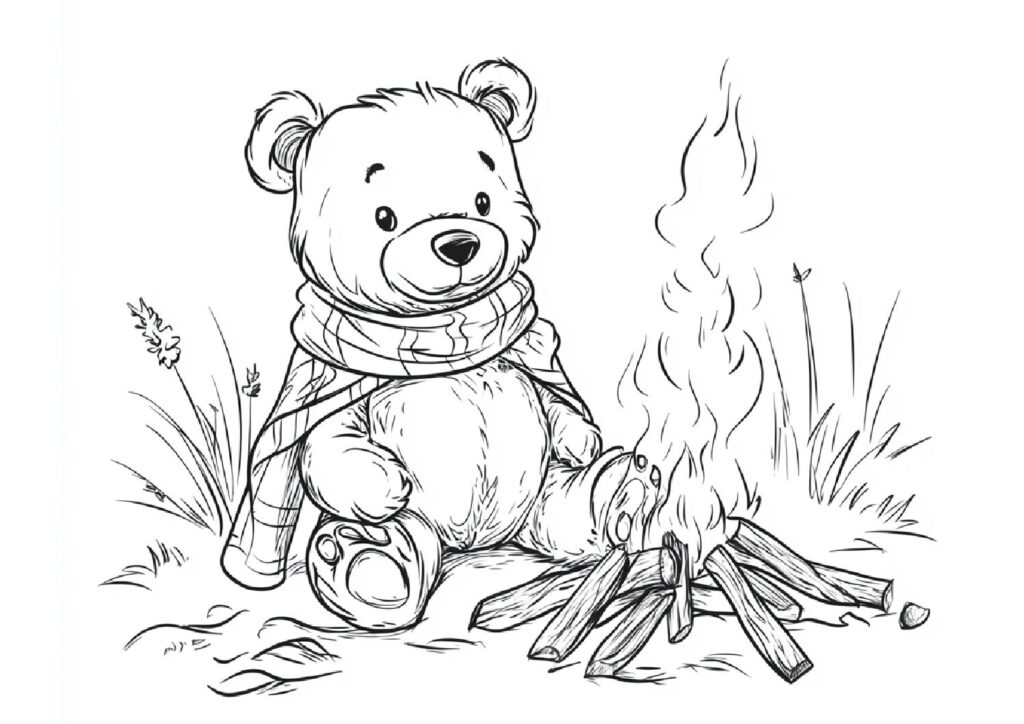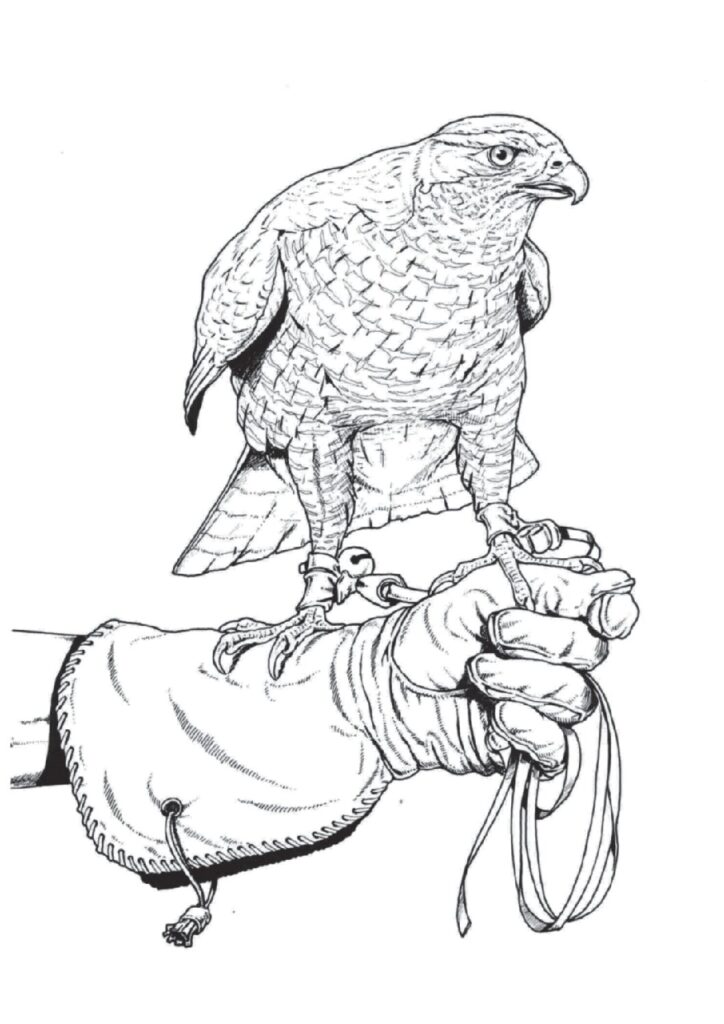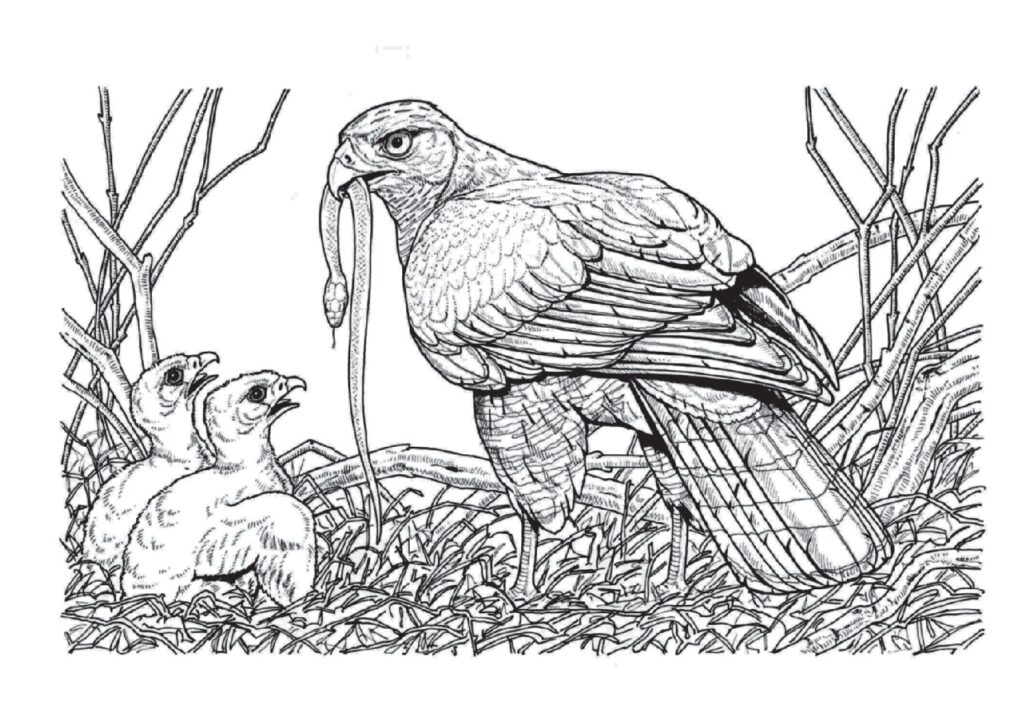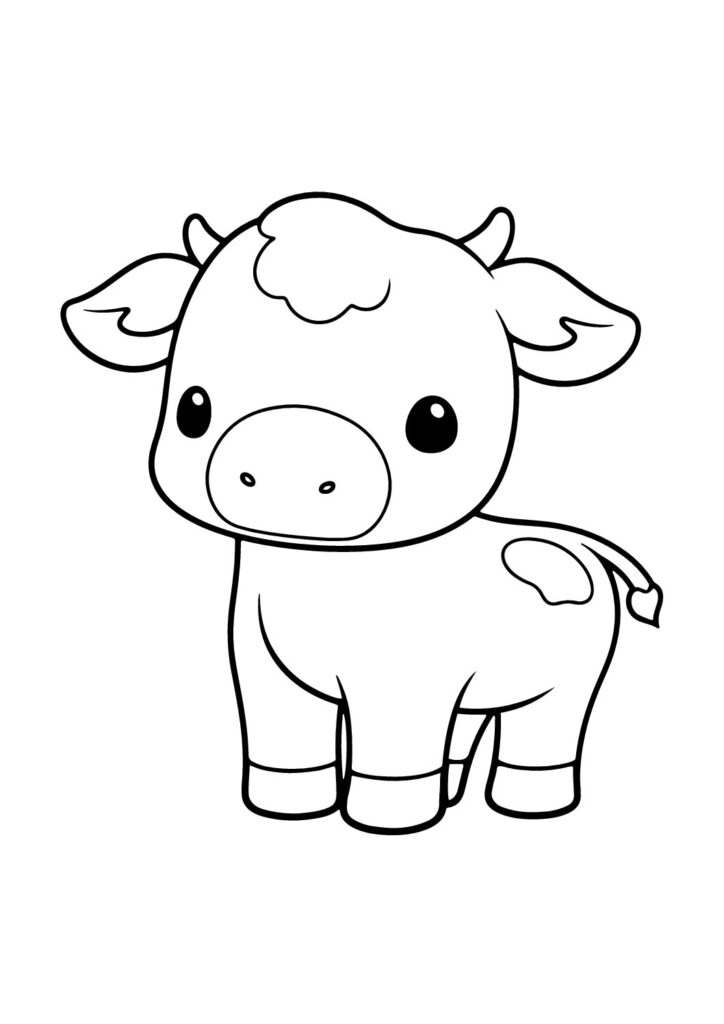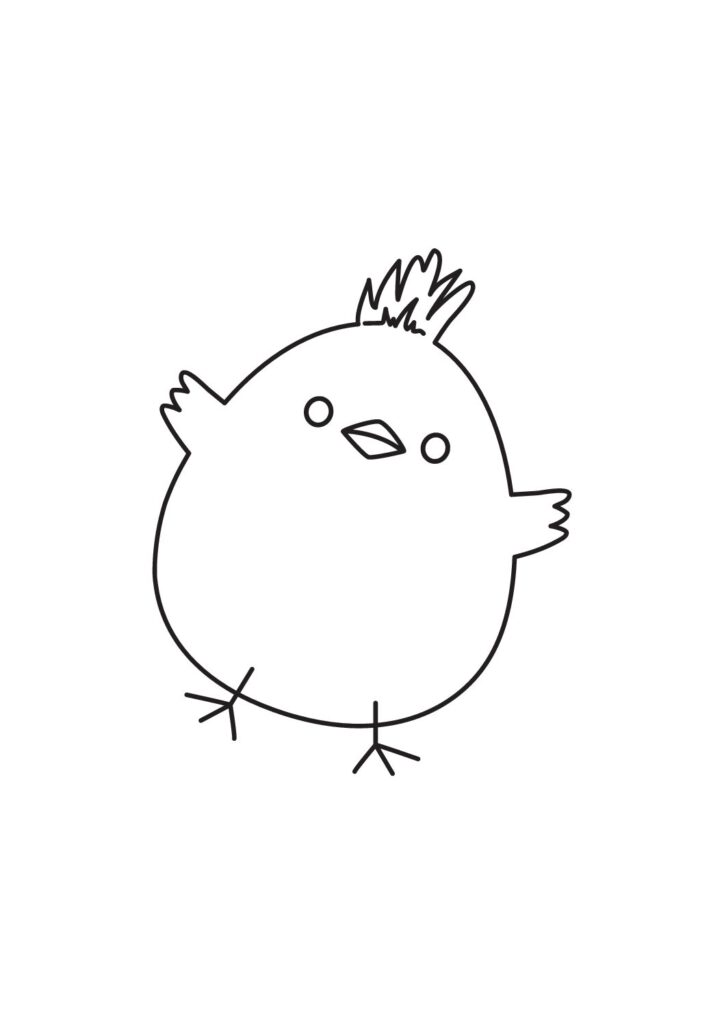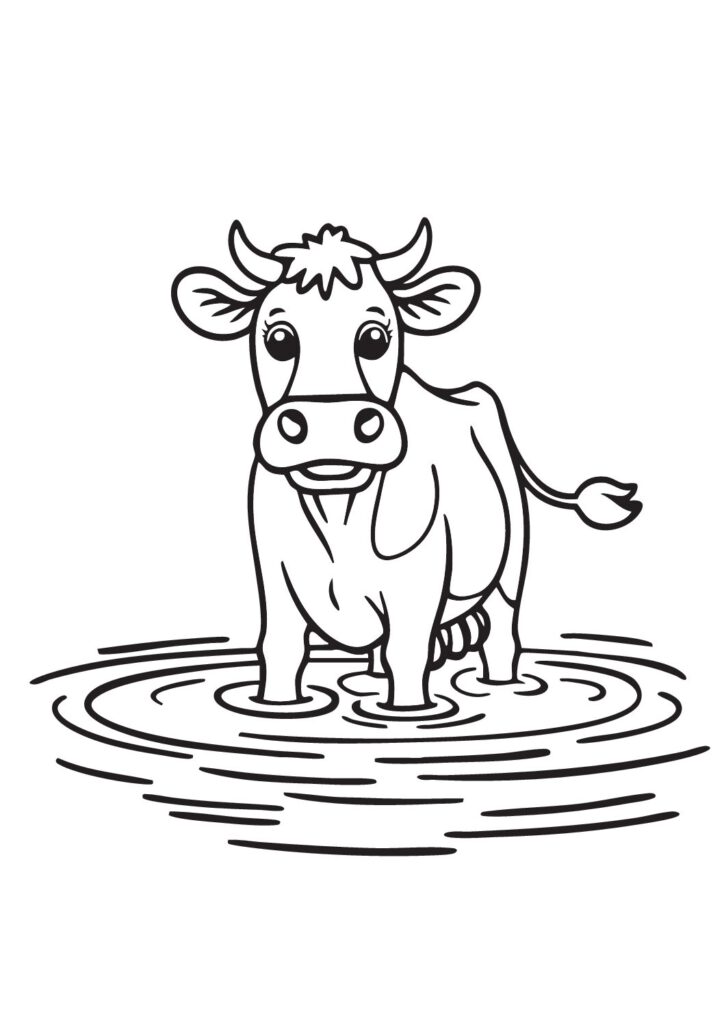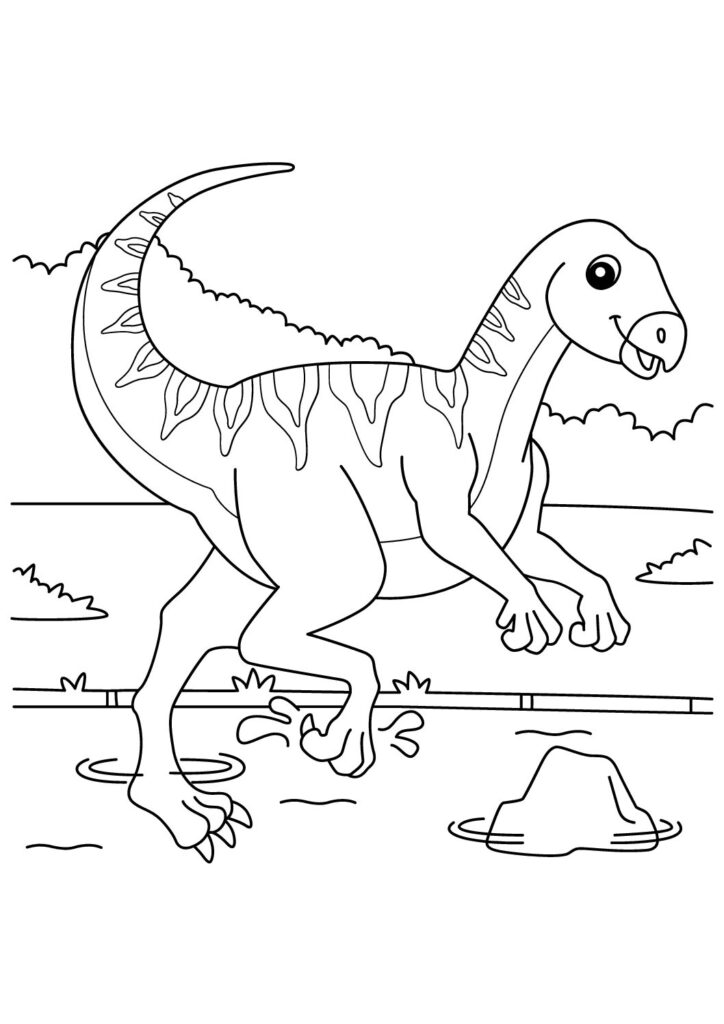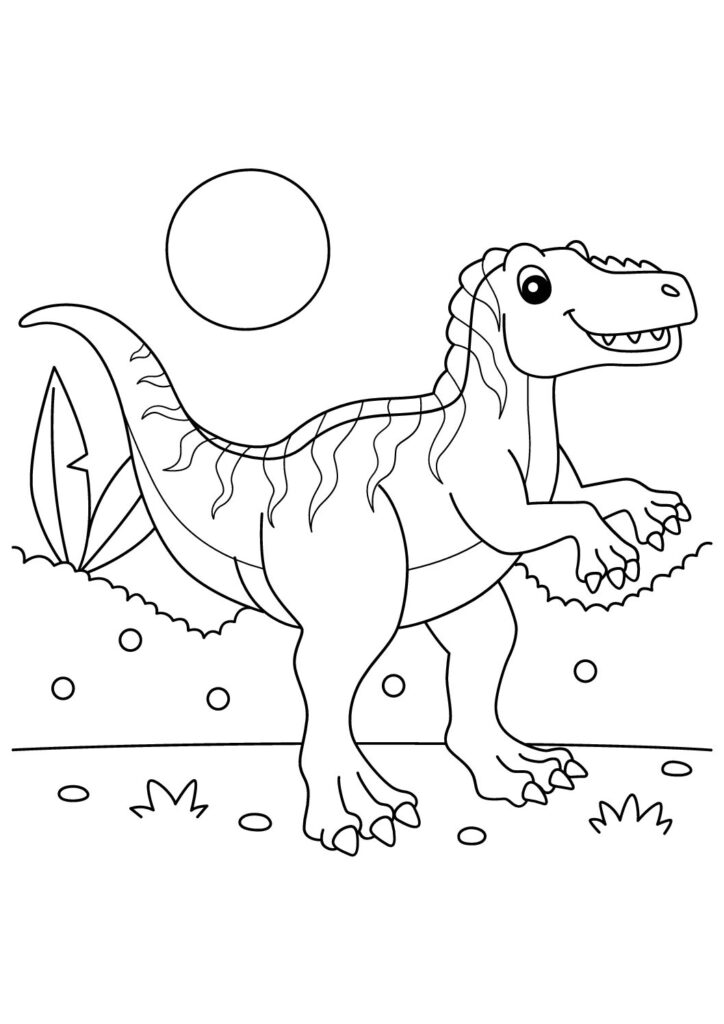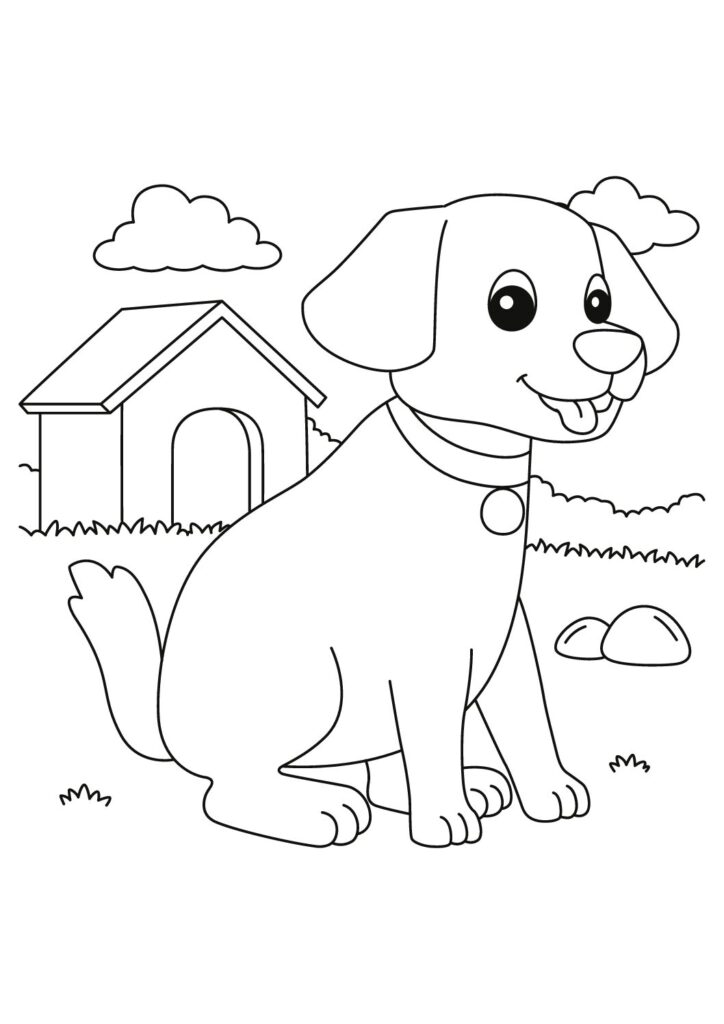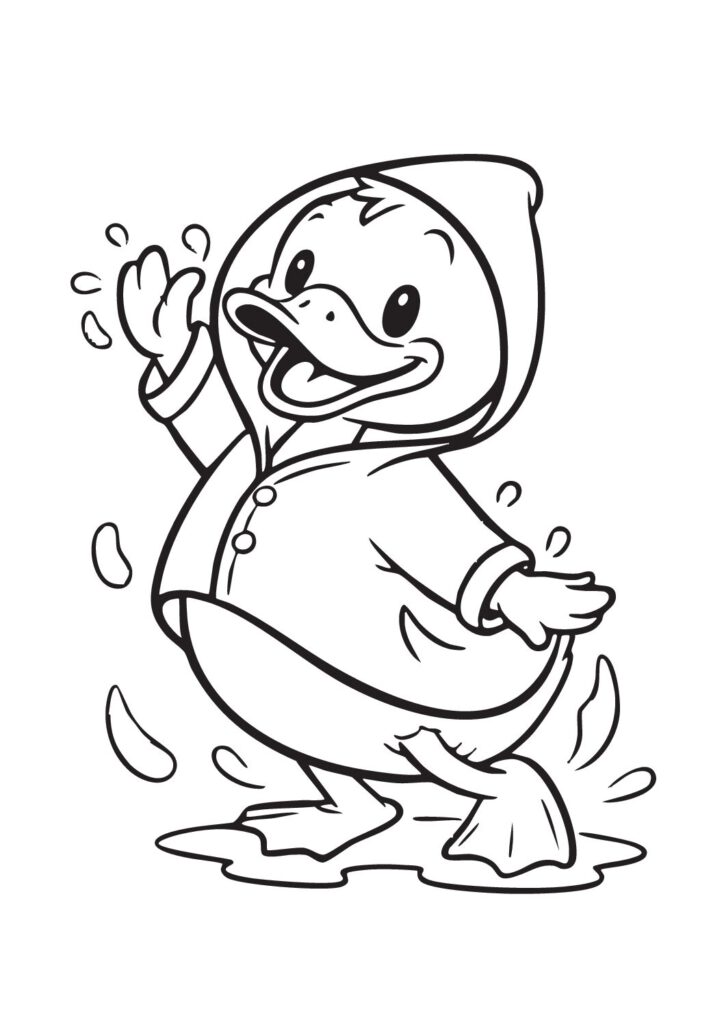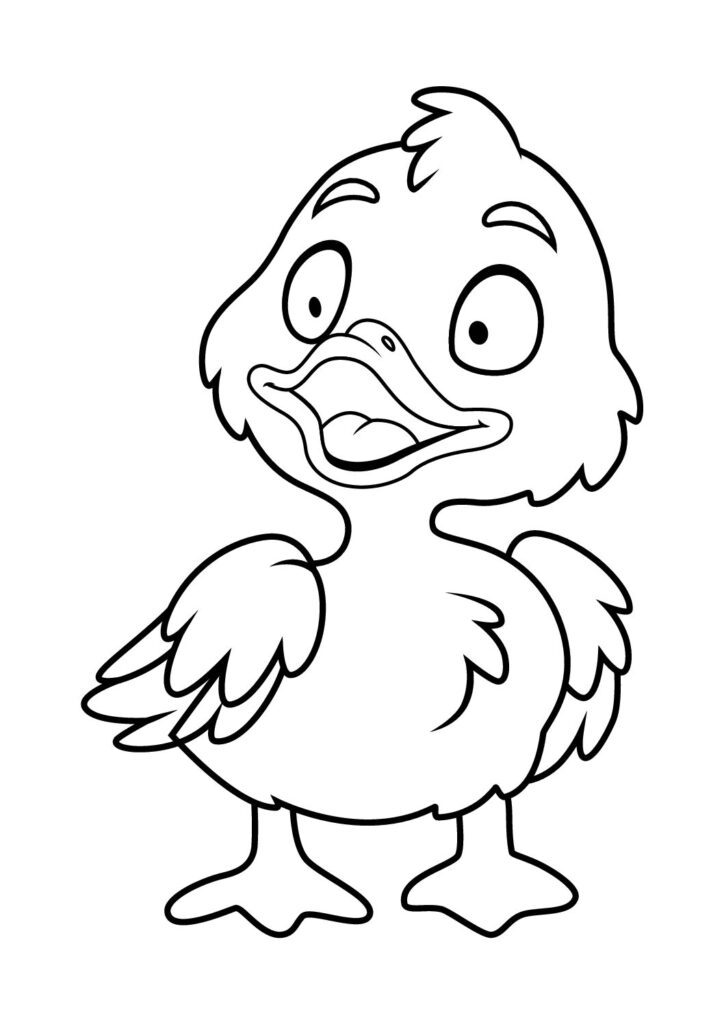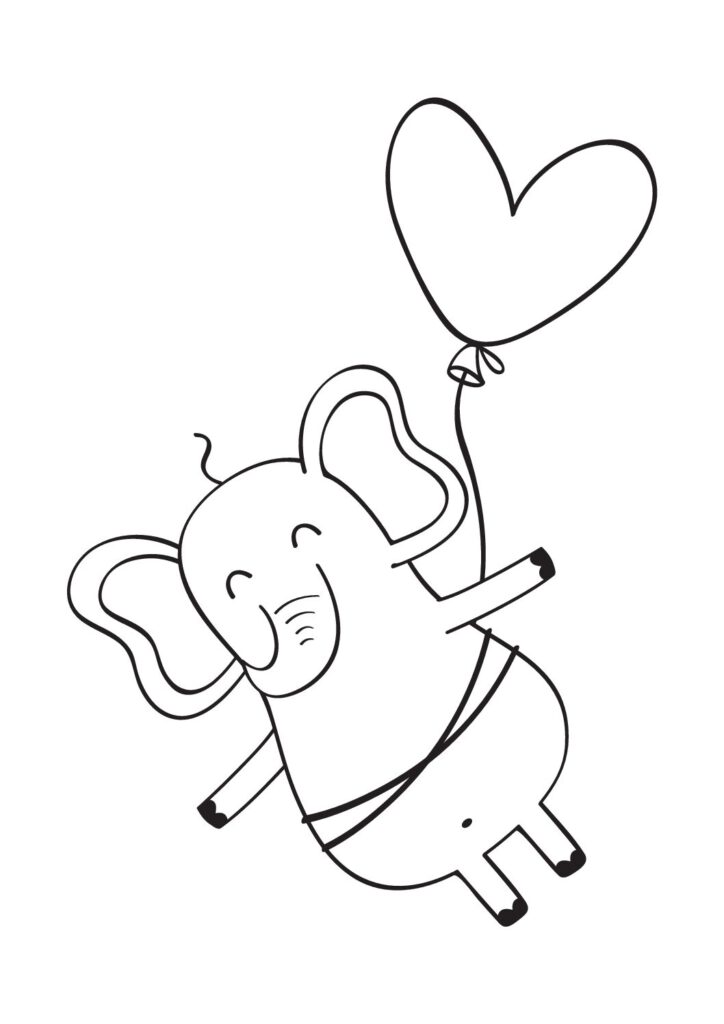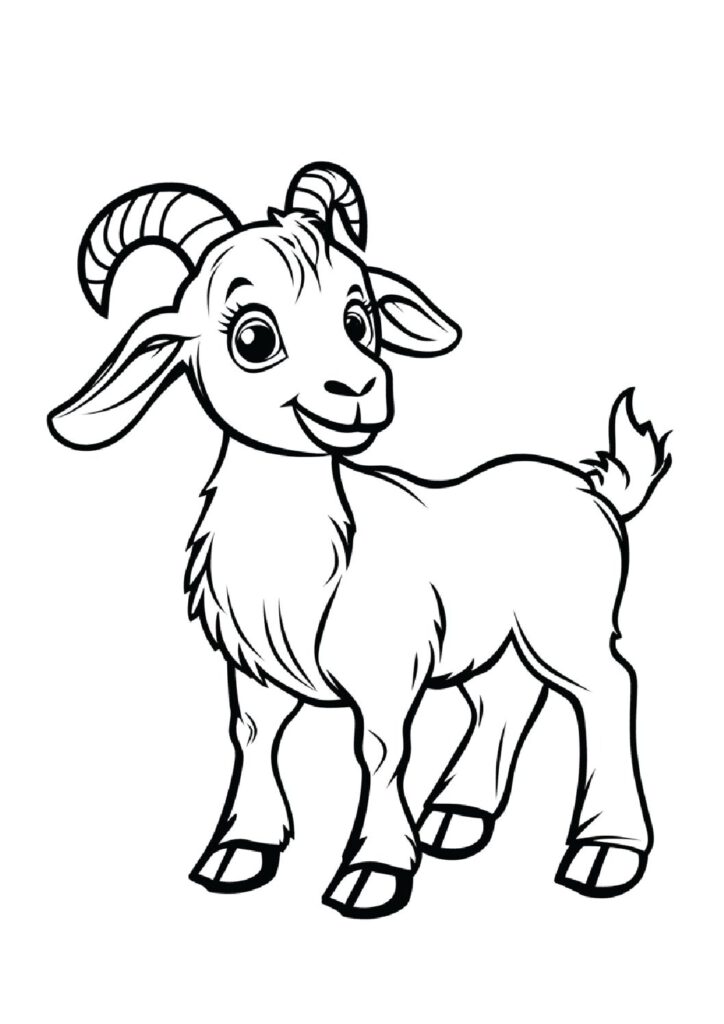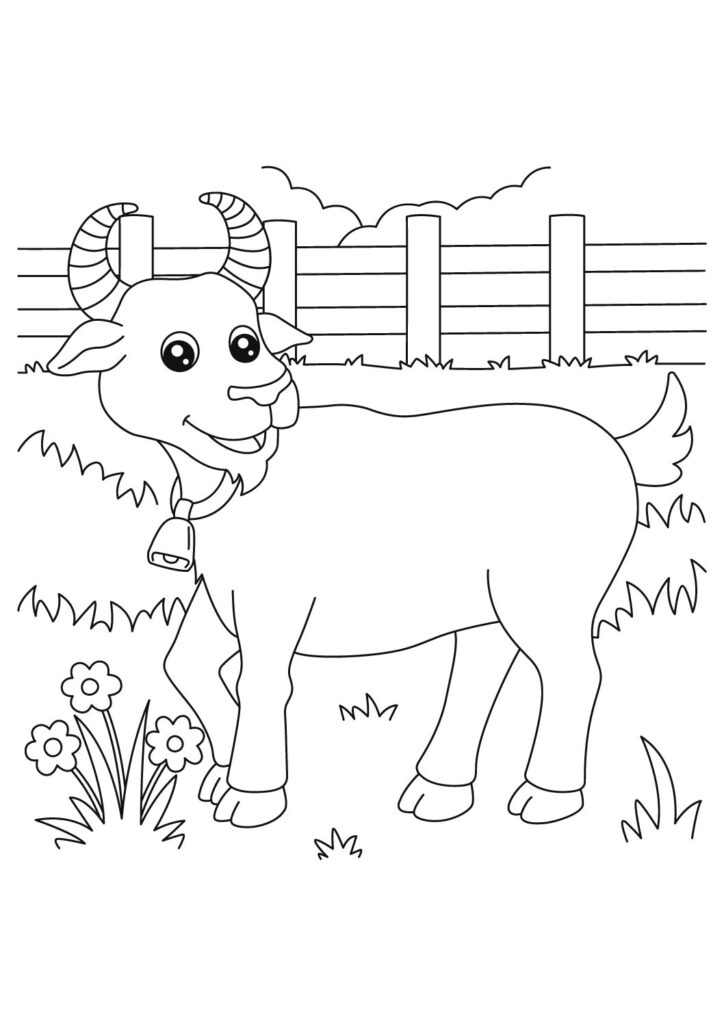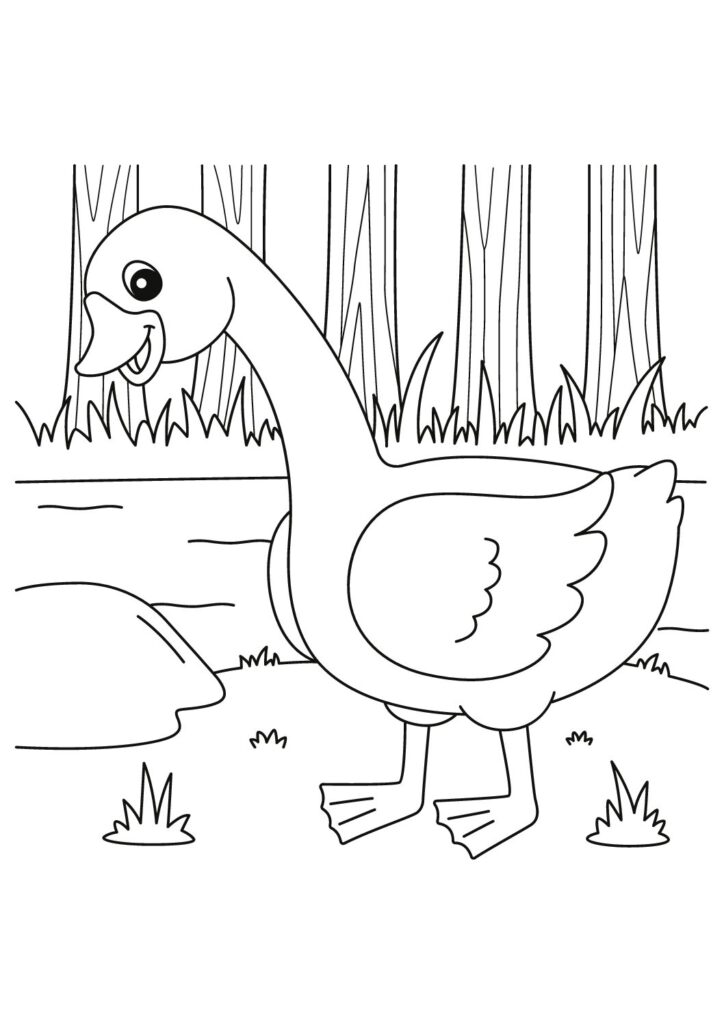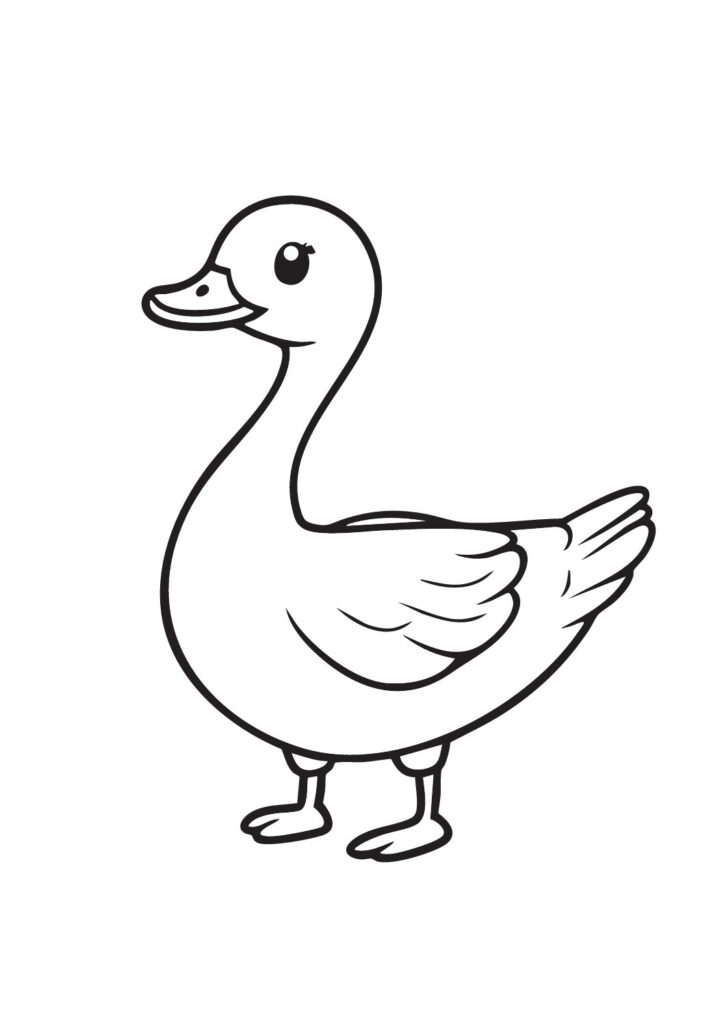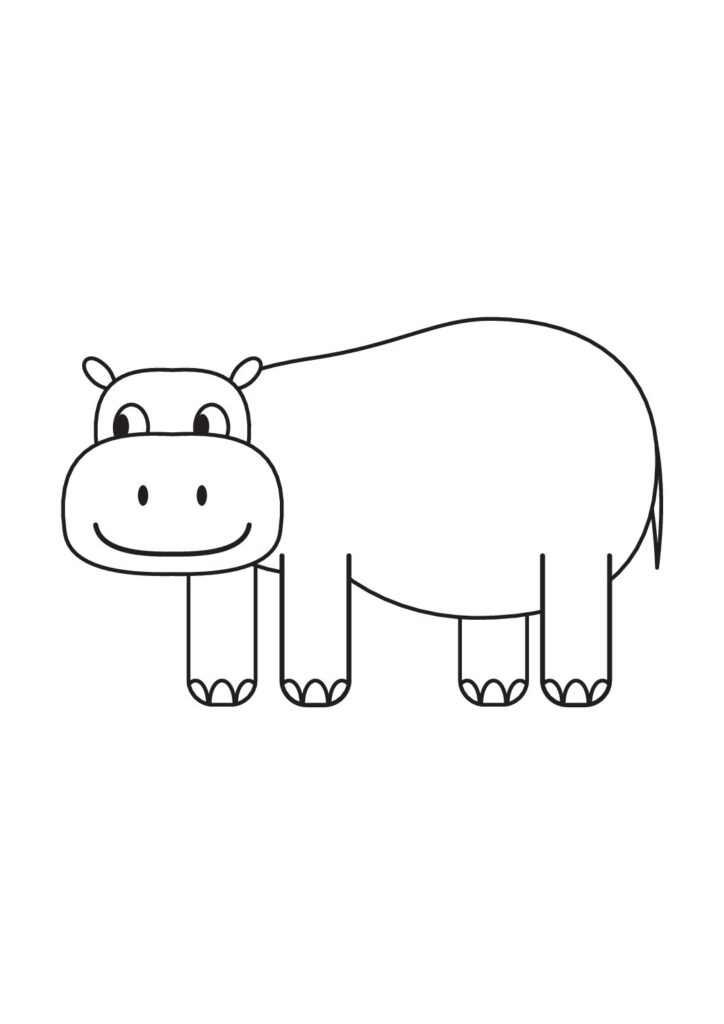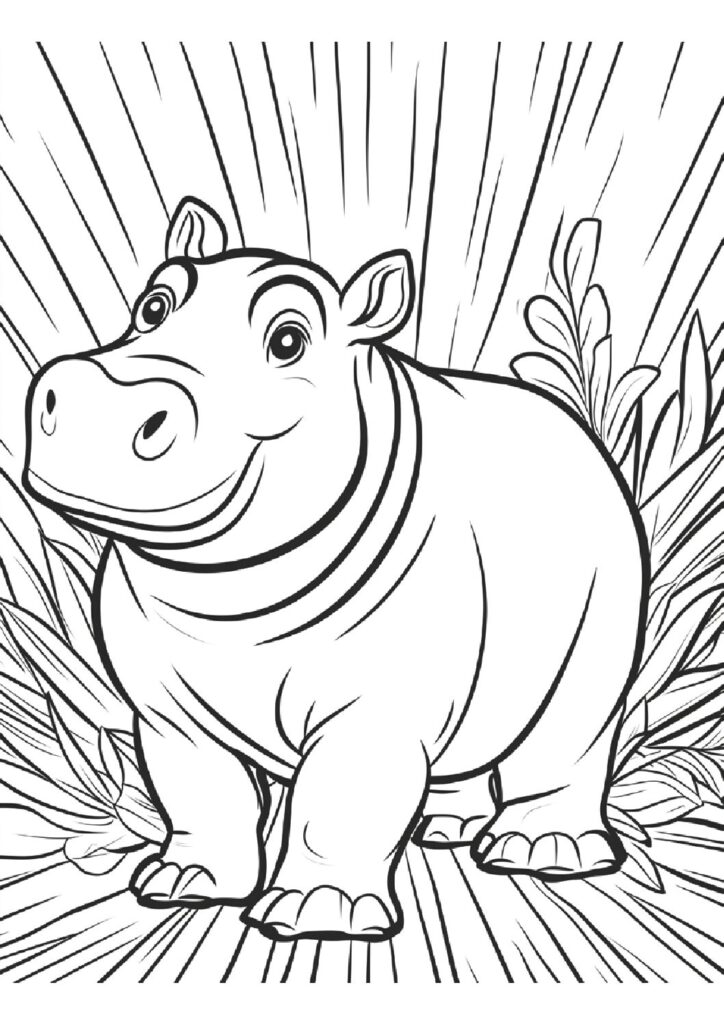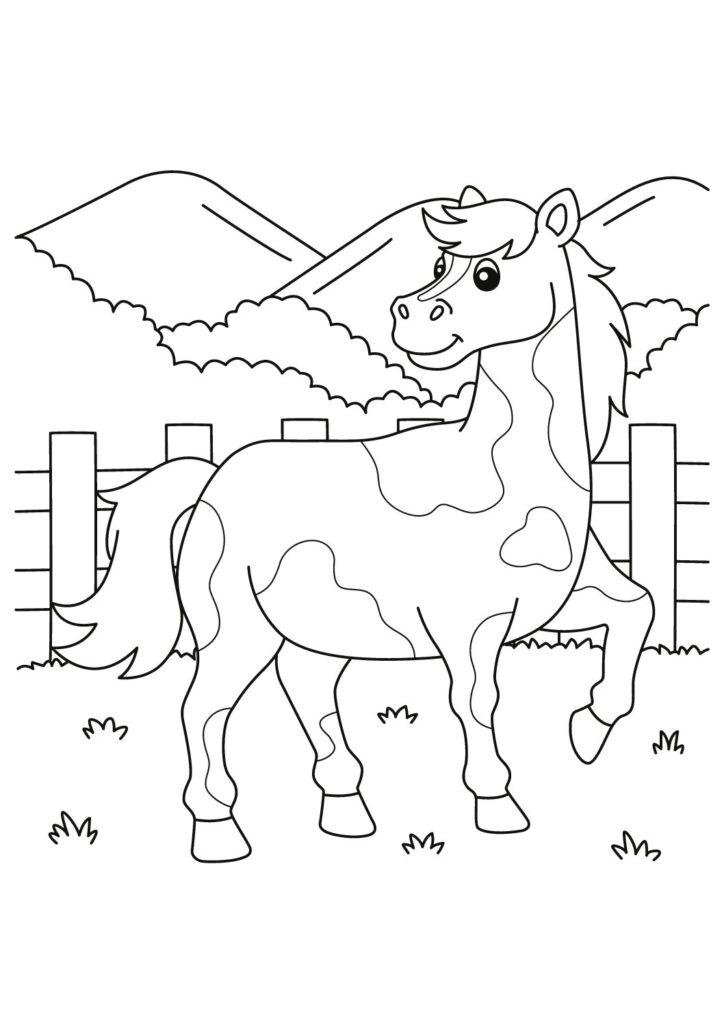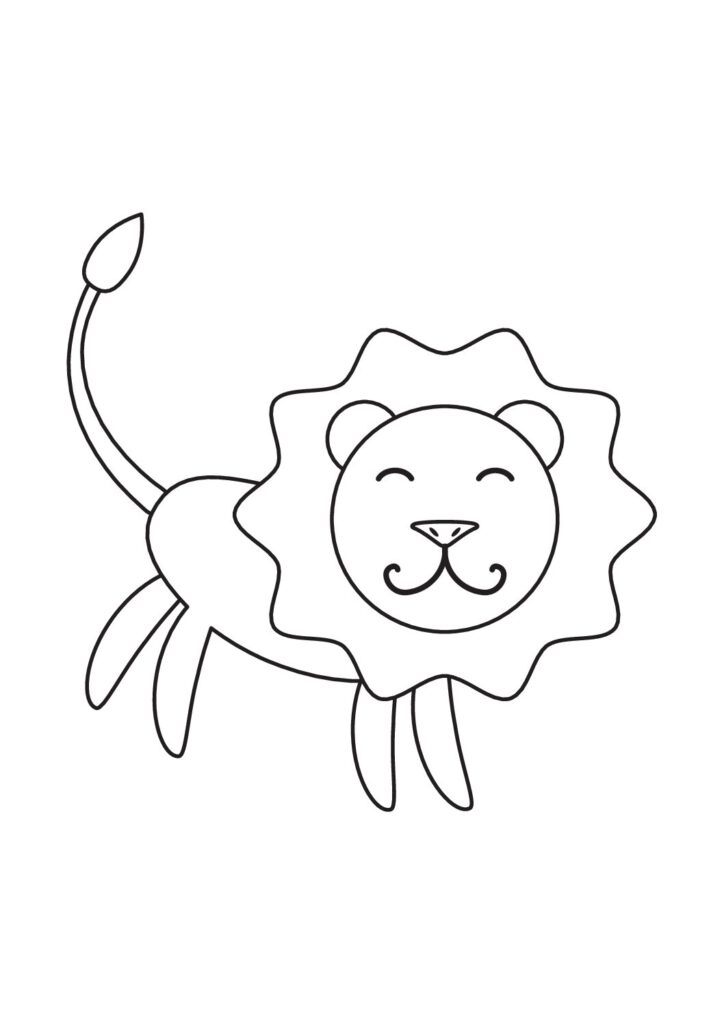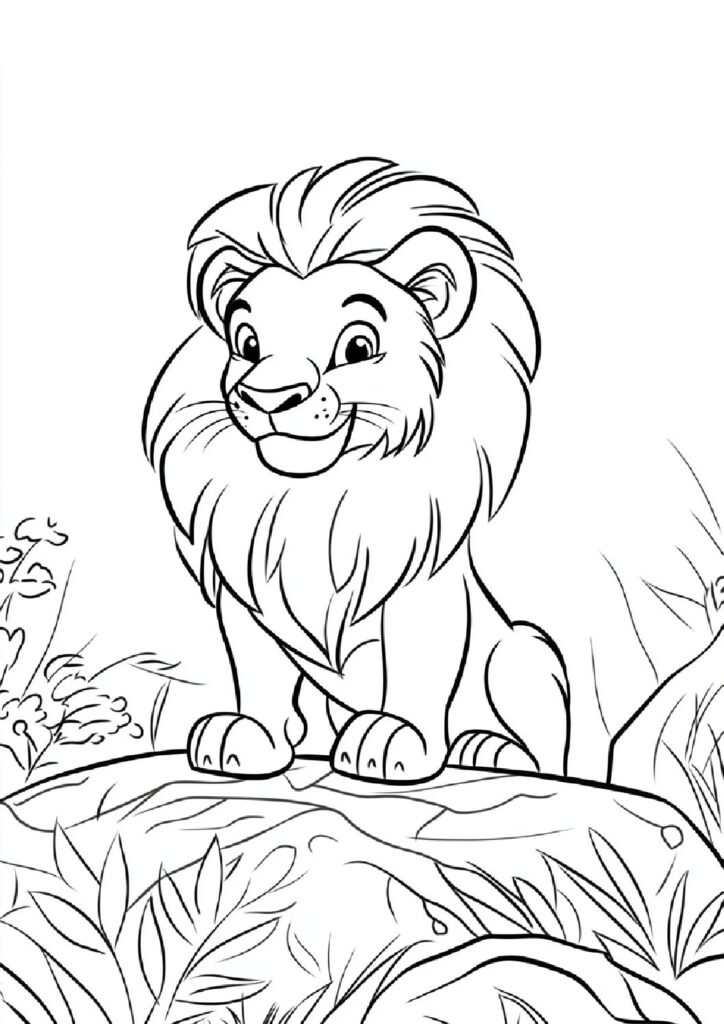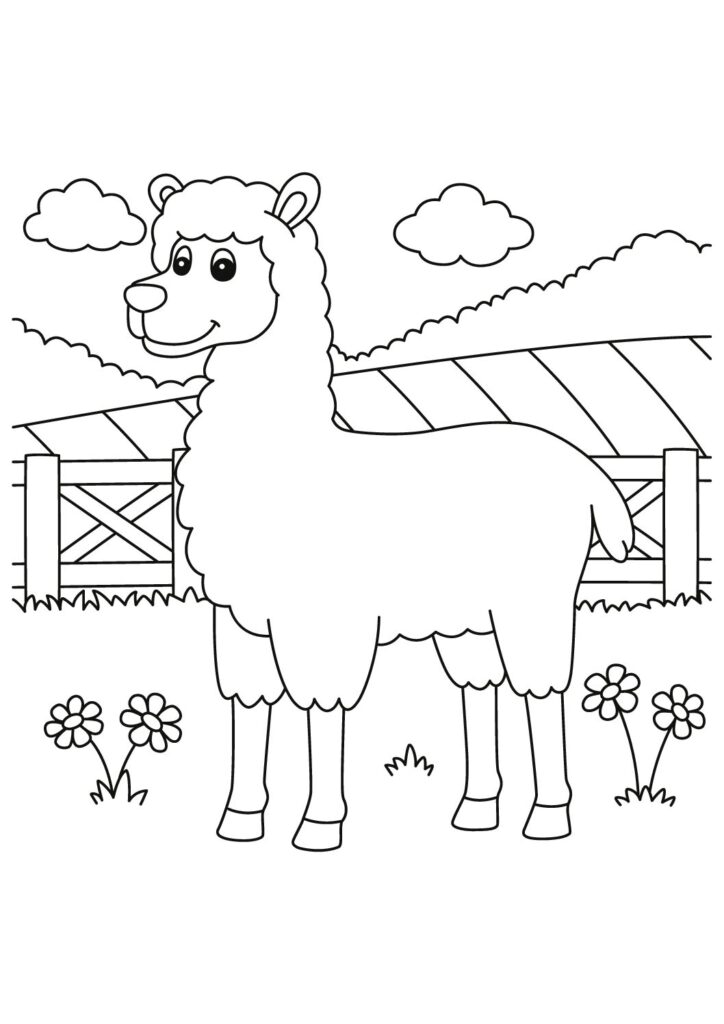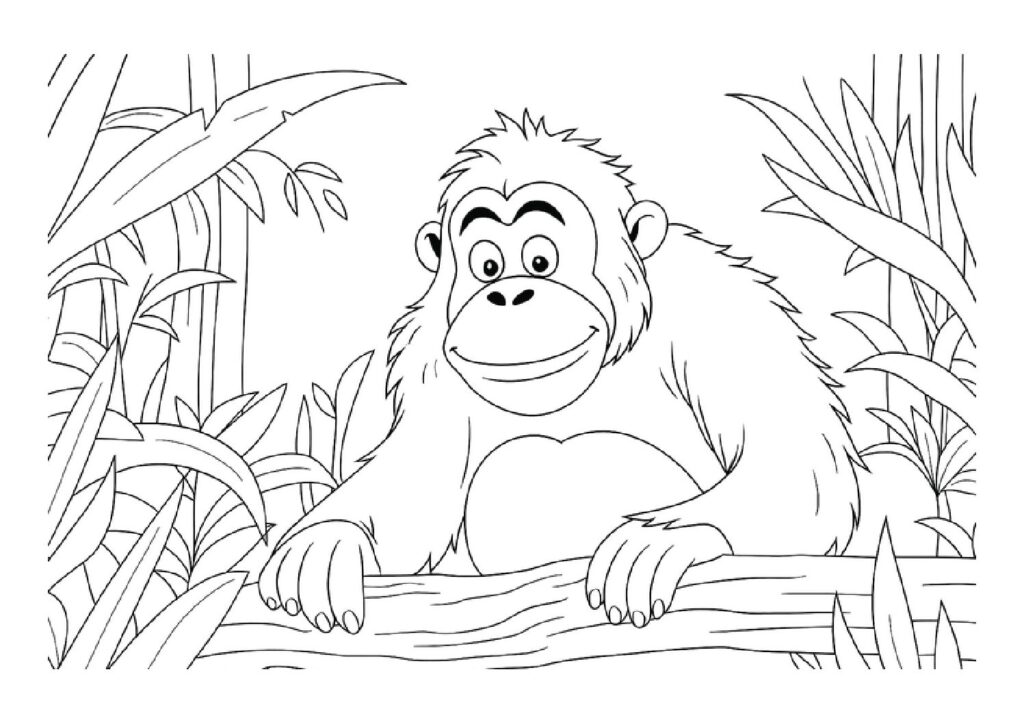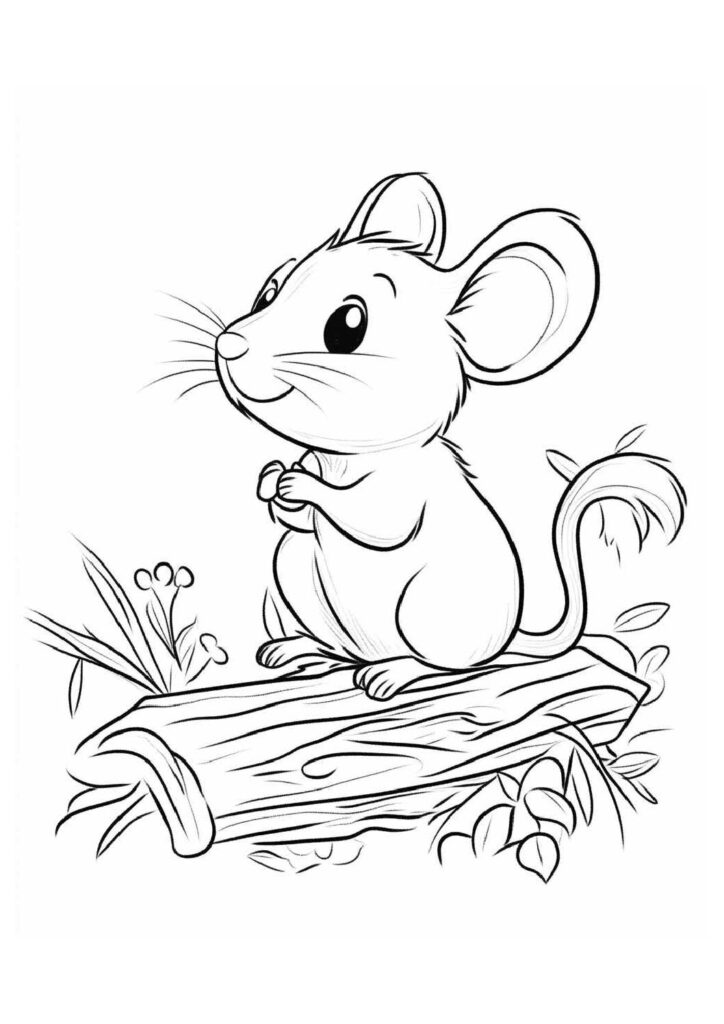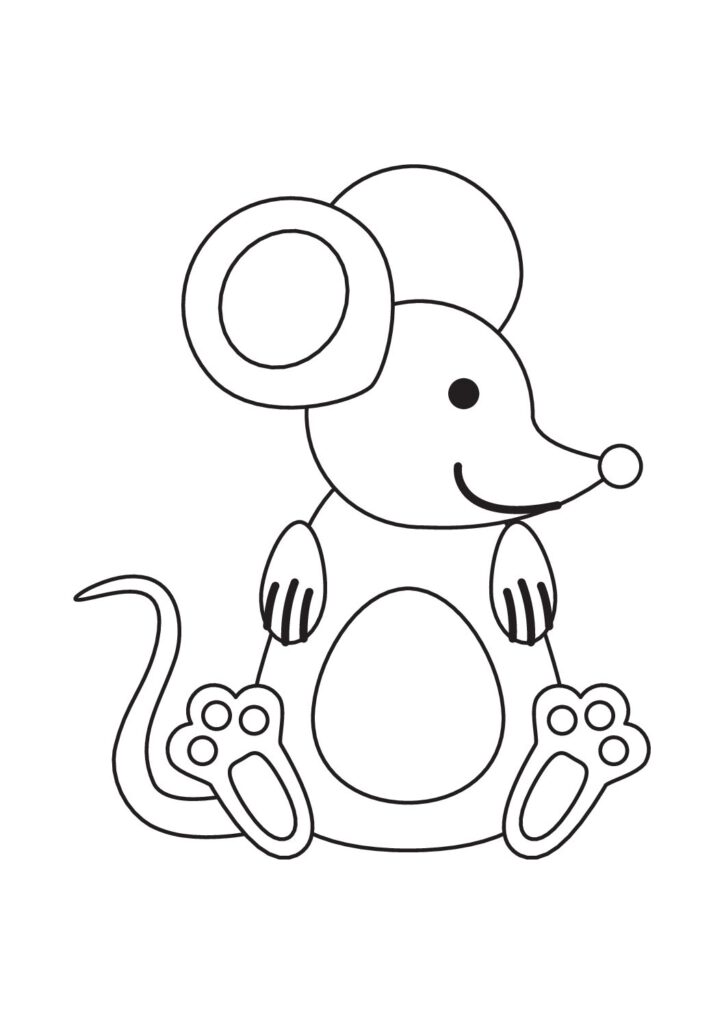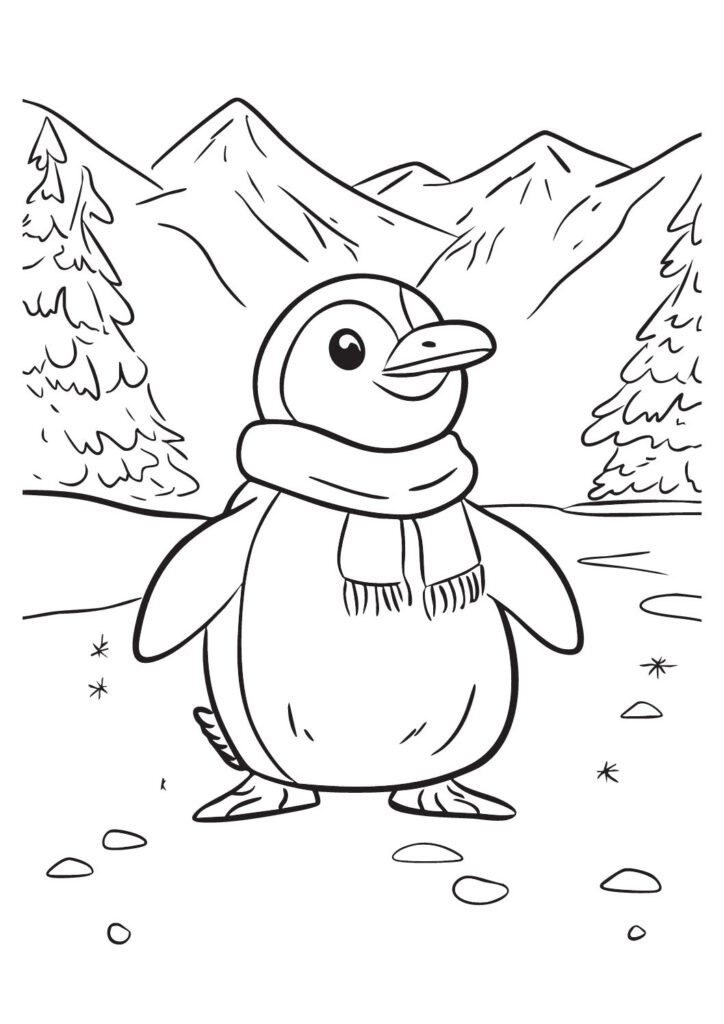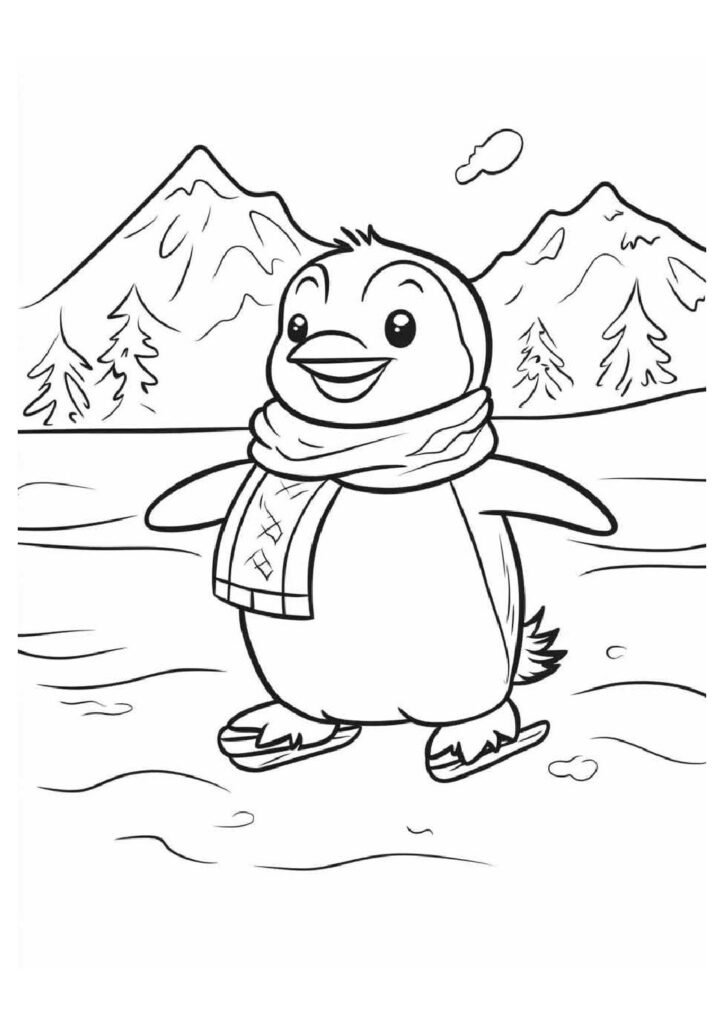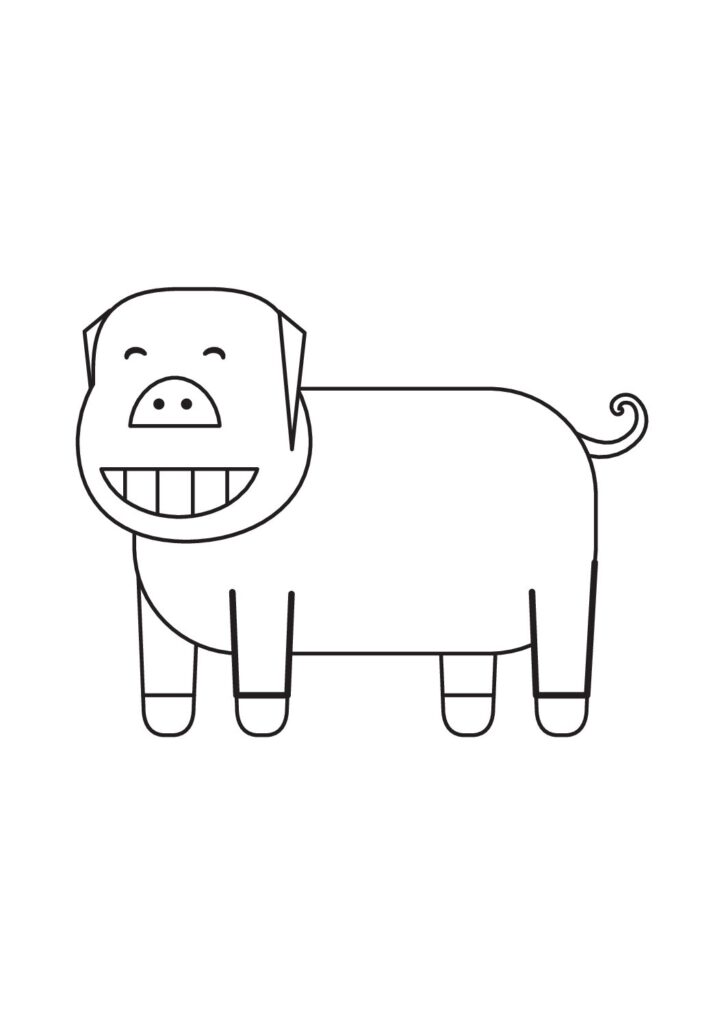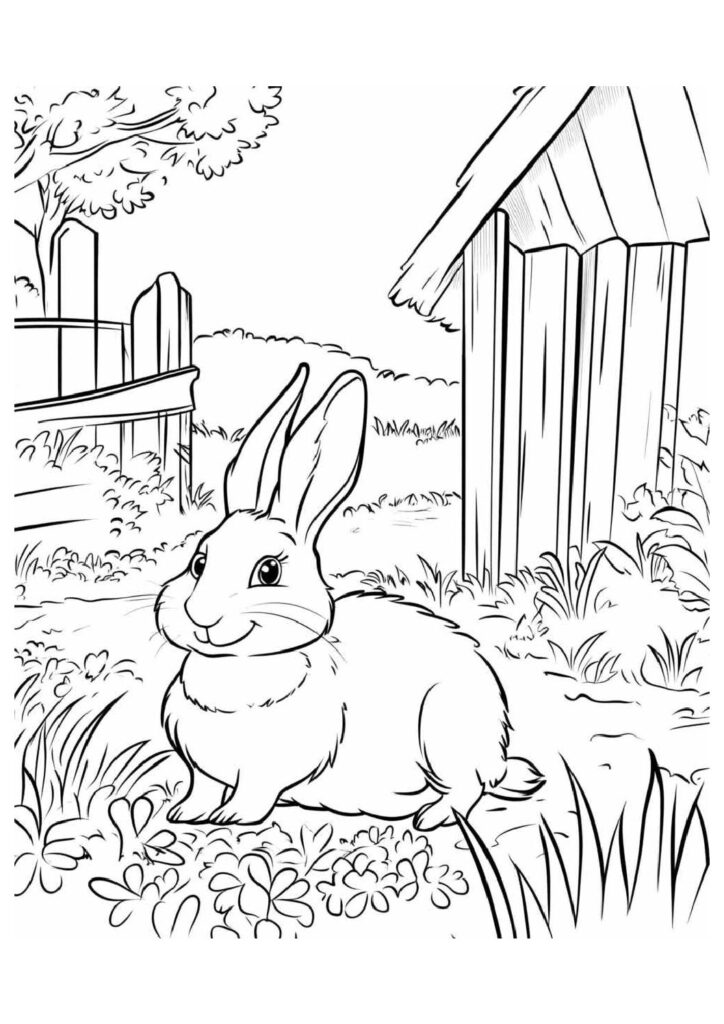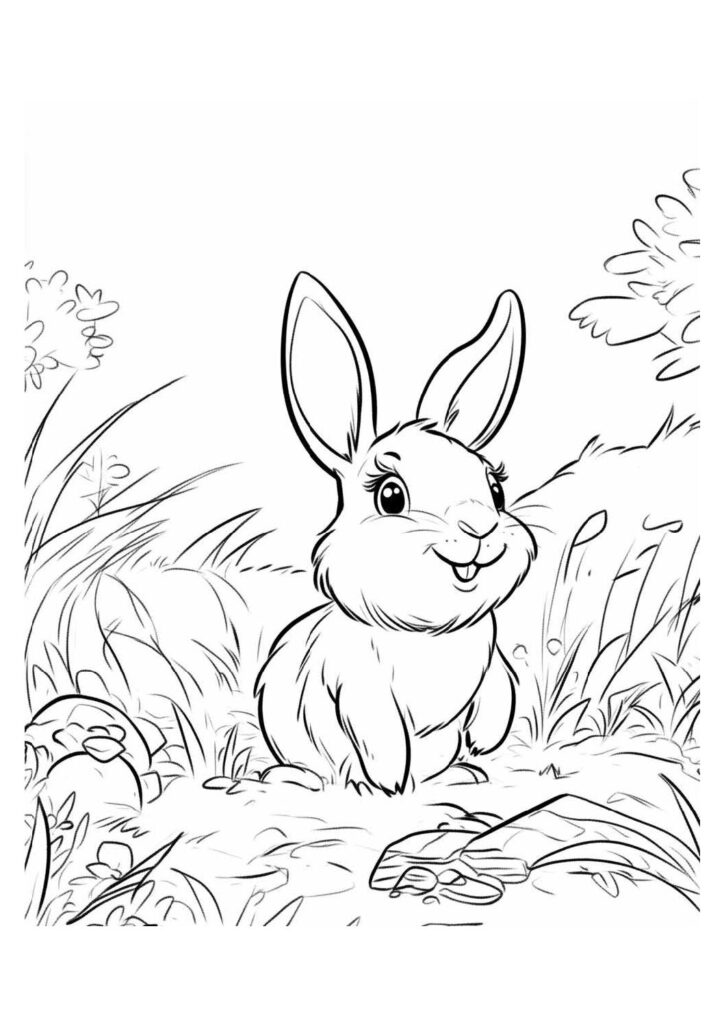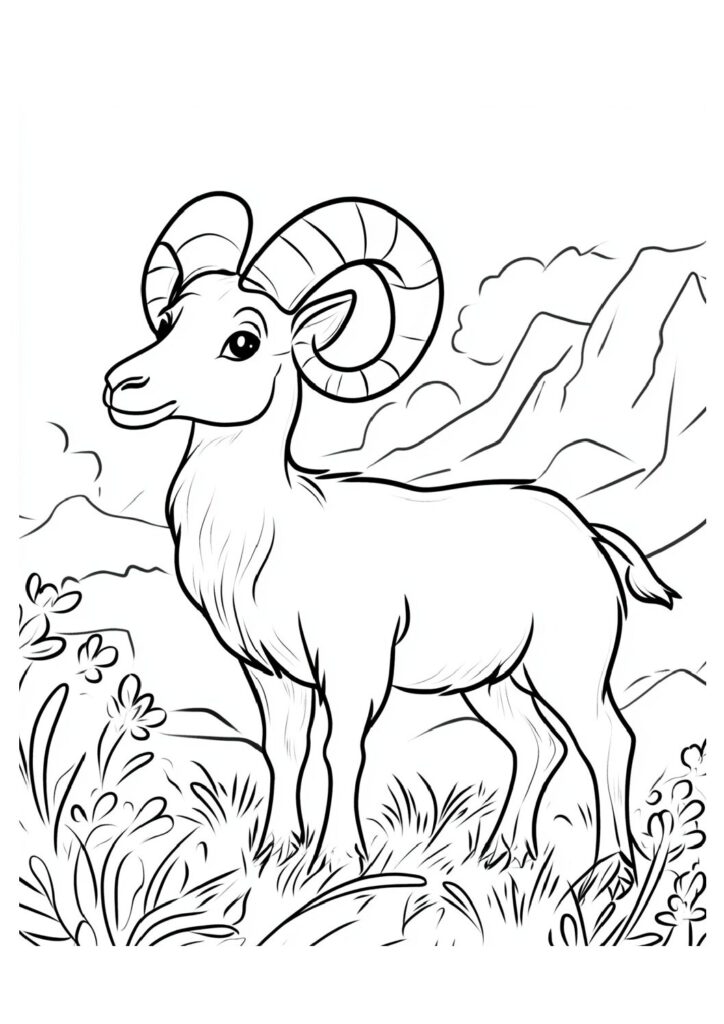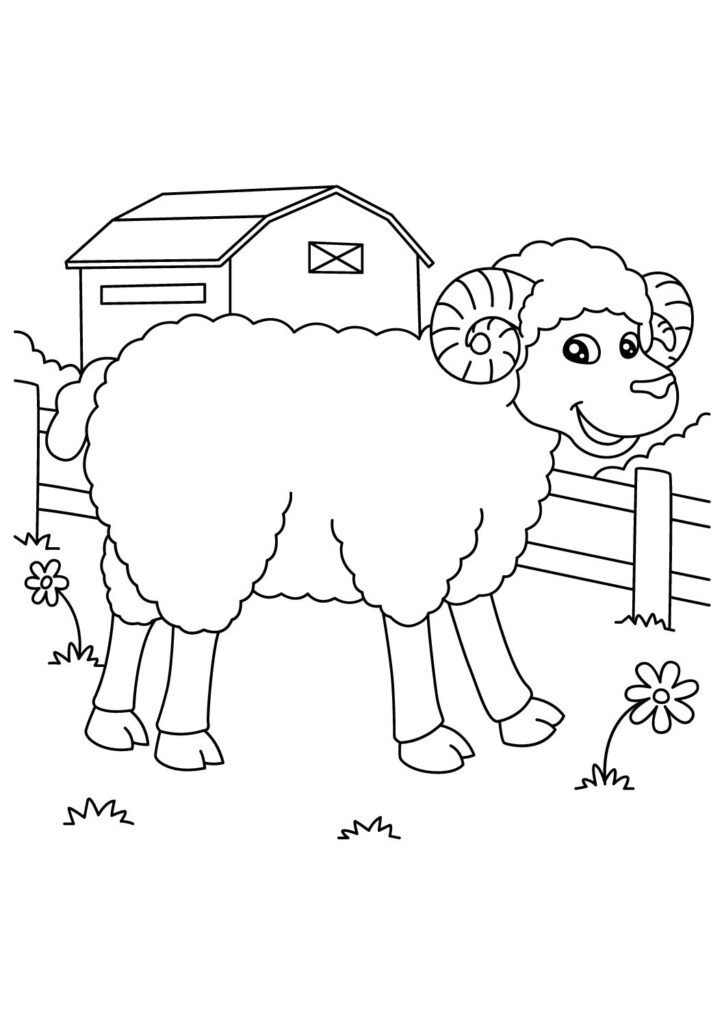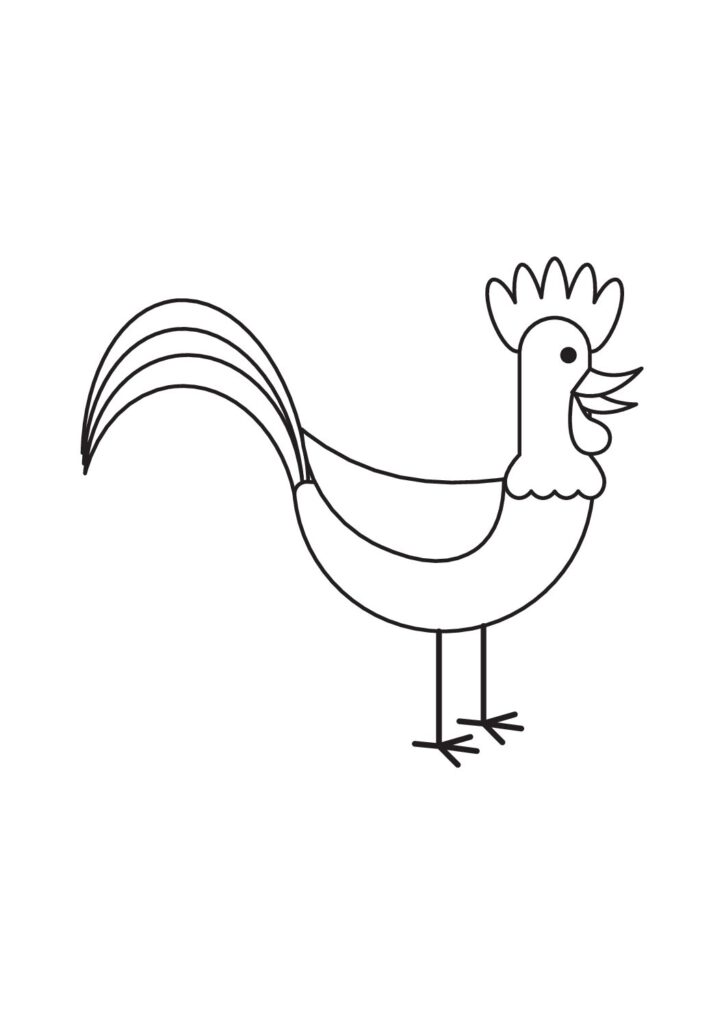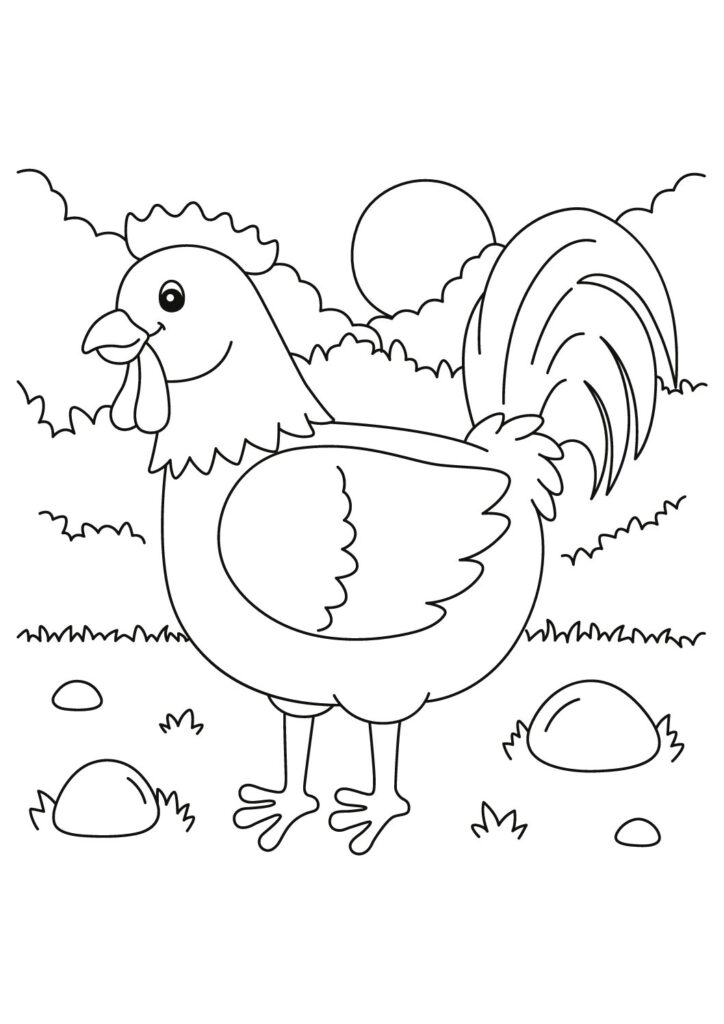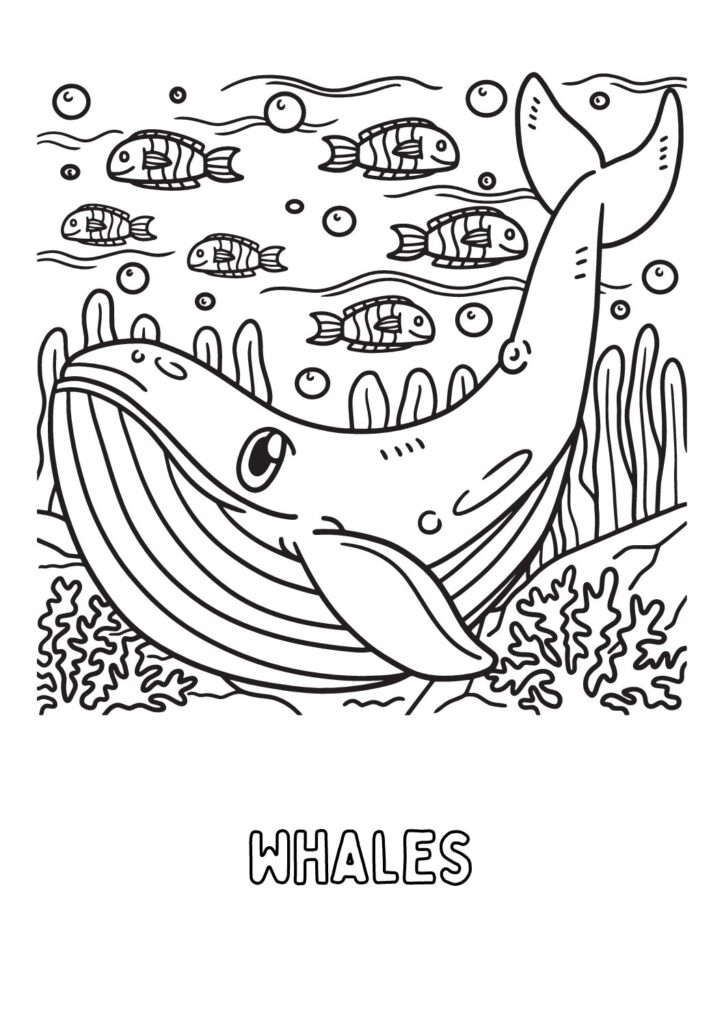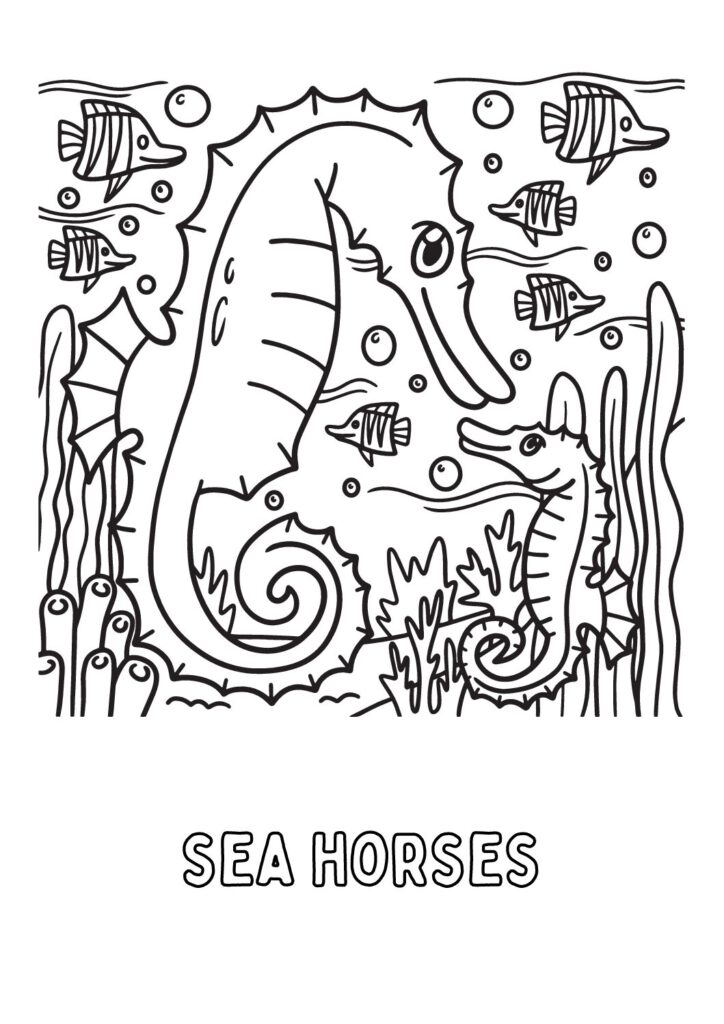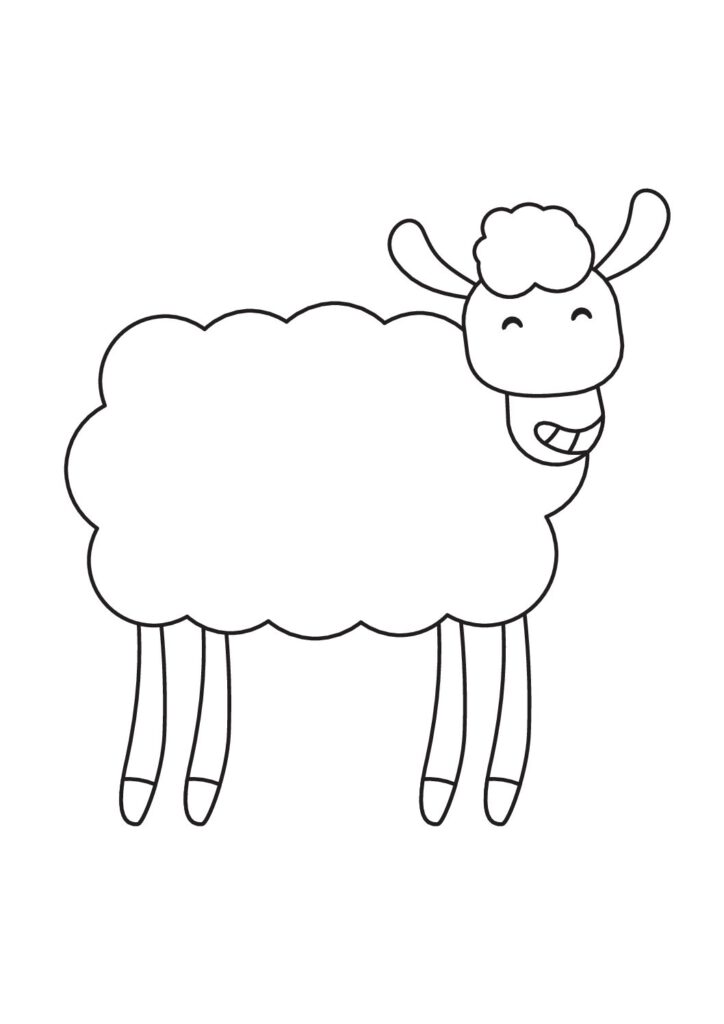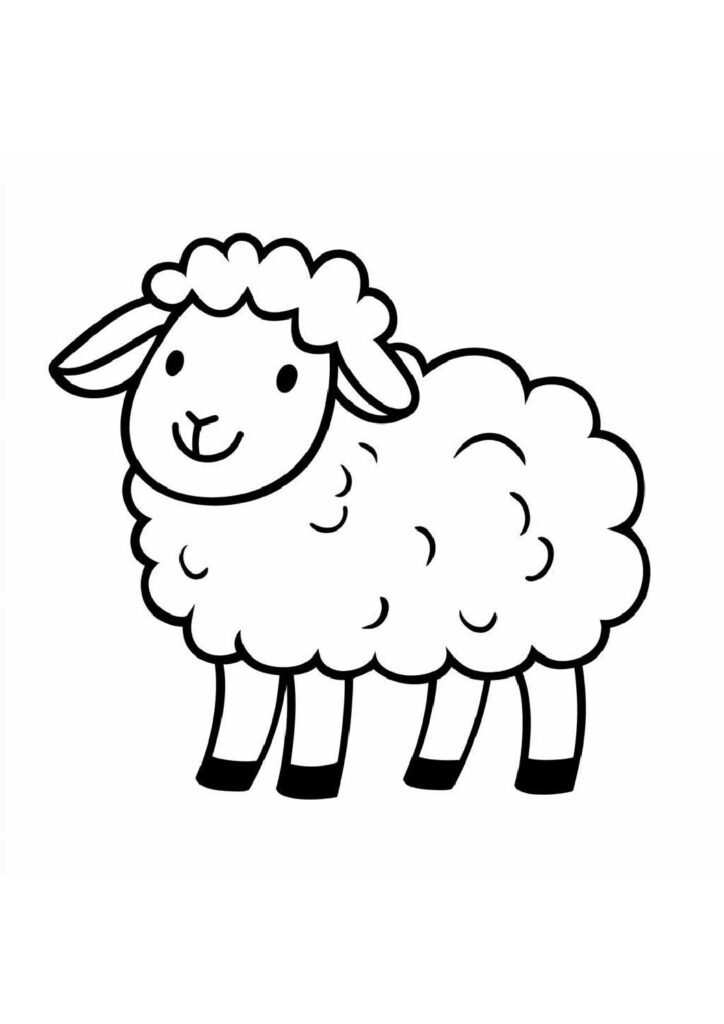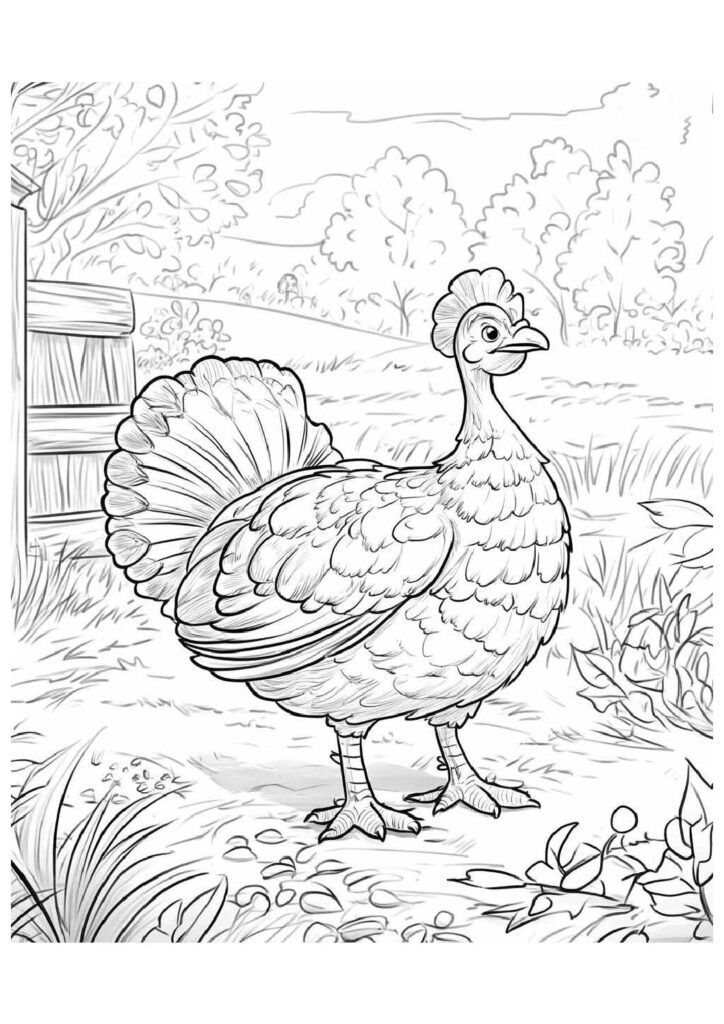2 Free Giraffe Coloring Pages for Download (Printable PDF)
Reach new heights with our free printable giraffe coloring pages featuring Africa’s tallest animals! Download these high-quality sheets showcasing spotted giraffes, baby calves, and savanna scenes. Perfect for kids and safari lovers, these detailed wildlife coloring pages capture the grace of these long-necked gentle giants. Each printable sheet brings these unique creatures to life!
Fascinating Giraffe Facts: The Complete Guide to Earth's Tallest Living Animals
Introduction
Giraffes (Giraffa camelopardalis) stand as Earth’s tallest living animals, dominating African savannas with their extraordinary height that can reach 18-20 feet—taller than most two-story buildings. These remarkable mammals evolved their extreme proportions approximately 8 million years ago, developing specialized adaptations for their distinctive niche while maintaining surprisingly graceful movements despite their enormous size and seemingly awkward dimensions.
Extraordinary Anatomy
Despite their extreme height, giraffes possess exactly the same number of neck vertebrae (seven) as humans and most other mammals, merely elongated to extraordinary proportions with each vertebra potentially exceeding 10 inches in length. Their specialized cardiovascular system represents a marvel of evolutionary engineering, with a heart weighing up to 24 pounds generating double the blood pressure of other mammals to pump blood nearly 7 feet up to their brain against gravity, while specialized elastic blood vessels prevent dangerous surges when they lower their heads to drink.
Unique Feeding Adaptations
Giraffes have evolved extraordinarily long, prehensile tongues reaching 18-21 inches—among the longest of any land mammal—colored dark blue-black to prevent sunburn during feeding. This specialized adaptation allows them to wrap around thorny acacia branches while their tough, leathery lips and 4-chamber stomach efficiently process vegetation that other herbivores cannot reach, effectively eliminating competition for their primary food source in a remarkable example of specialized niche adaptation.
Complex Social Structure
Recent research has overturned previous assumptions about giraffe social behavior, revealing they maintain complex social networks with long-term social bonds rather than casual associations. Their sophisticated social structure includes multi-generational groups with distinct friendship preferences and social hierarchies determined through “necking” contests where males swing their heavy necks against rivals, potentially delivering blows powerful enough to knock competitors unconscious in dramatic displays of dominance.
Remarkable Communication
Despite their reputation for silence, giraffes communicate through a sophisticated system of infrasonic vocalizations below human hearing range, similar to elephants. Recent acoustic monitoring has detected complex nighttime humming at frequencies around 92Hz—just at the lower threshold of human hearing—suggesting much more extensive social communication than previously recognized, while their excellent vision allows visual communication through subtle body language across the open savanna.
Distinctive Patterns
Each giraffe displays completely unique spot patterns, as individually identifiable as human fingerprints, that remain unchanged throughout their lifetime. These distinctive markings serve multiple purposes including camouflage, thermoregulation through a network of blood vessels beneath each patch, and potentially social recognition among herd members. Recent research suggests different pattern types correlate with specific subspecies and geographic regions, providing visual identification capabilities for conservation researchers.
Conservation Concerns
Giraffes have experienced a devastating but largely unpublicized population decline of nearly 40% over the past three decades, with current population estimates of approximately 111,000 individuals representing a “silent extinction” that has received far less attention than other threatened African megafauna. Habitat fragmentation, poaching, and human-wildlife conflict remain major threats, with conservation efforts focusing on maintaining habitat corridors and developing sustainable human-wildlife coexistence strategies to protect these extraordinary animals.
